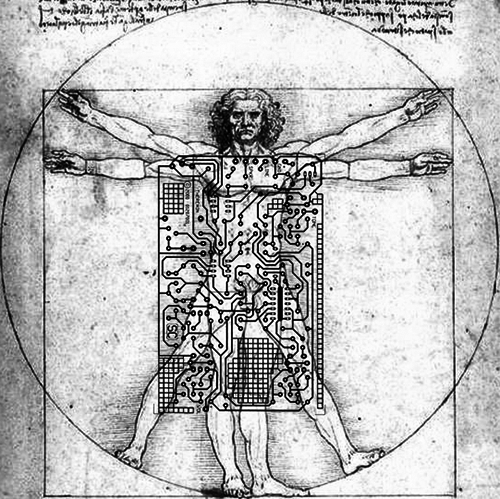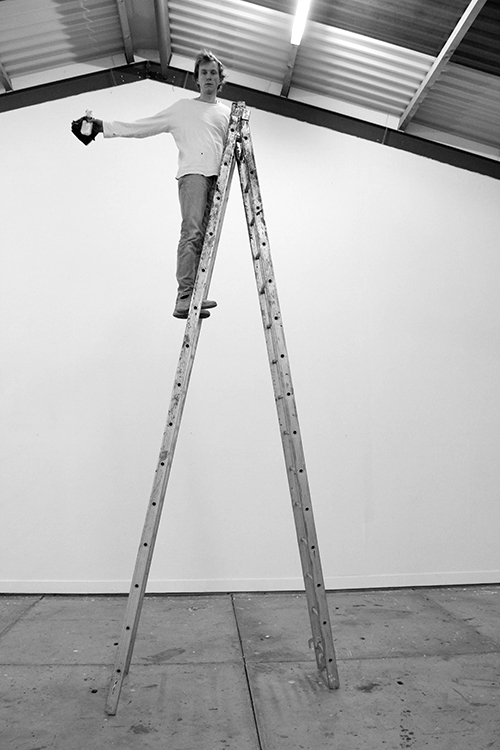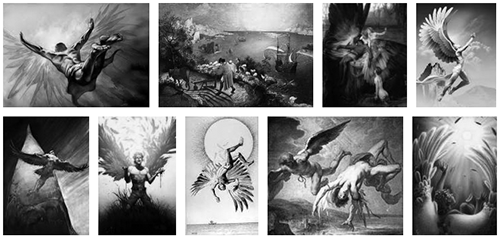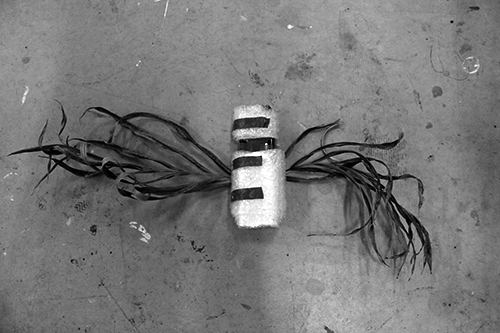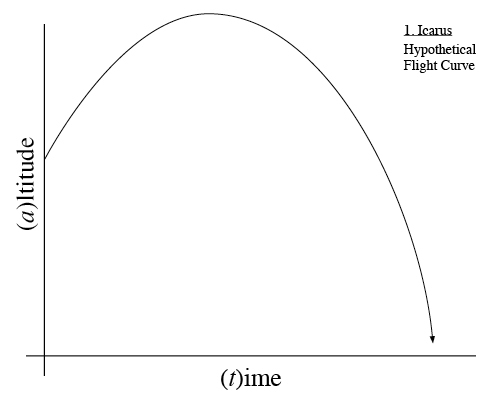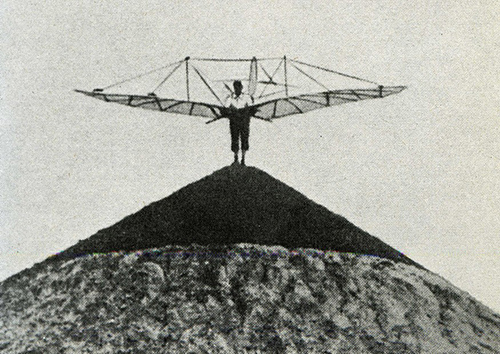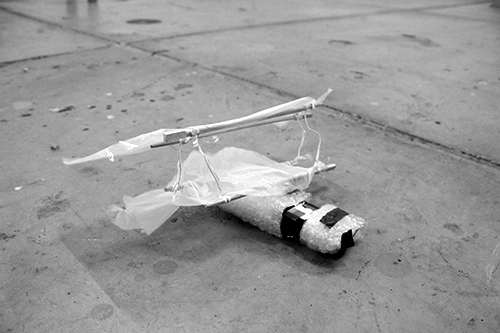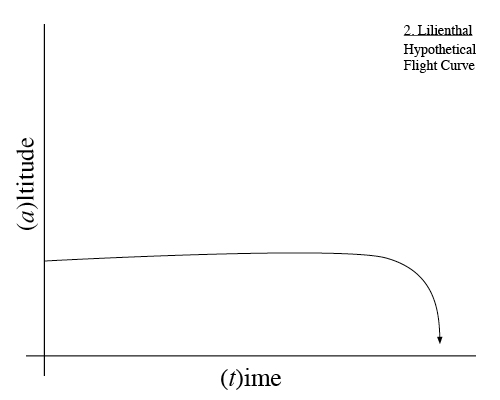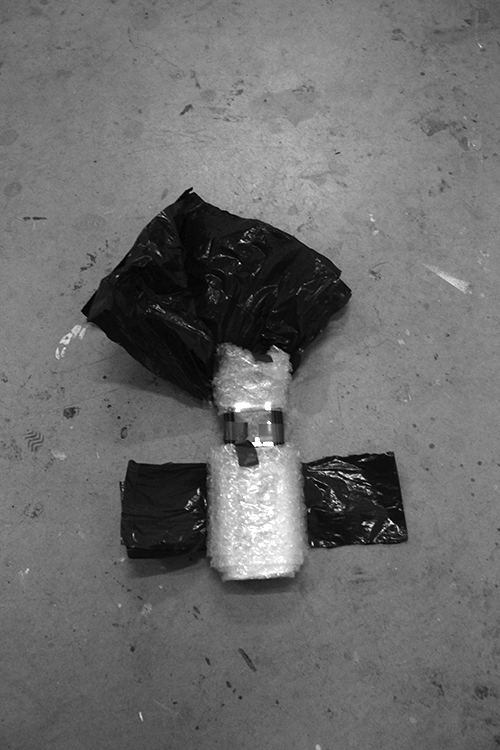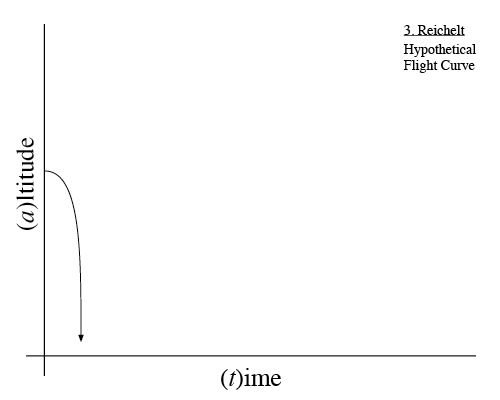User:Lassebosch/01thematic/Thefailureofreimagination
tags: observer, reimagination, media-archaeology, simulation, constructivism, realism, ontology, metaphysics, cinematic history, art, art-based research, research based art
The failure of 'reimagination' - a case study
While reimagining tragic events of inventors succumbing to their own creations, the classical point of view is always the third person perspective. This perspective is the same point of view from which we are presented eventual cinematographic and photographic documentation. It seem this types of documentation influences imagination or, vice versa; imagination influences documentation.
Our claim for this experiment was to reenact three widely influential failures in a first person perspective. Departing from 'media-archeology' and 'the digital event', the piece strives to reintroduce obsolete technologies to the contemporary while also changing perspective of the fatal spectacle.
The key item in our study has been a camera (type: Nokia 3110c) which was set to replace the original actor, that is the deceased inventor, in order to establish a first person perspective. The (planned) obsolescence within our key item is comparable to the human body but for safety reason we decided to use a protective cover. The multiple setups for our experiments were executed, if possible, on a careful survey of historical facts.
Following is the result of cases we've decided to reenact:
1. Icarus
Icarus is main the character in the mythical story told about his attempt to escape from Crete by means of wings that his father constructed from feathers and wax. He ignored instructions not to fly too close to the sun, and the melting wax caused him to fall into the sea where he drowned.
2. Otto Lilienthal
Lilienthal was a German pioneer of aviation. He was the first person to make well-documented, repeated, successful gliding flights. His career and life ended in a failed attempt to stabilize his glider leading him to crash. Shortly after Lilienthal dies of his wounds.
3. Franz Reichelt
Reichelt was an Austrian-born French tailor, inventor and parachuting pioneer, sometimes referred to as the Flying Tailor. He is remembered for his accidental death by jumping from the Eiffel Tower while testing a wearable parachute of his own design.
By changing perspective to first person, which is the original perspective of the inventor, the piece is able to portray history in another context, allowing it to create a plausible past and through the 'contemporary now' - which is the distinction between the past and the future - that would (depending on your metaphysical position) generate, construct or realize an array of potential futures.

